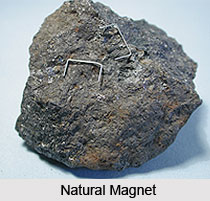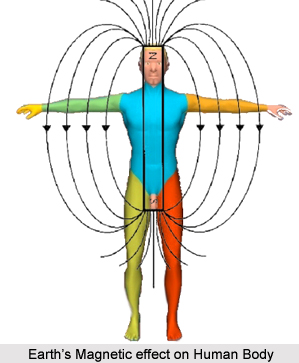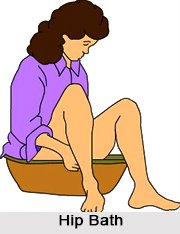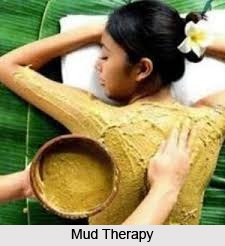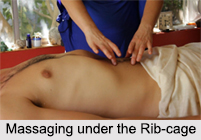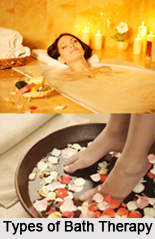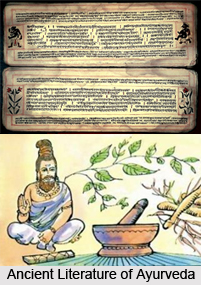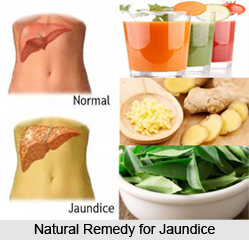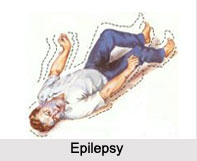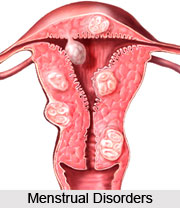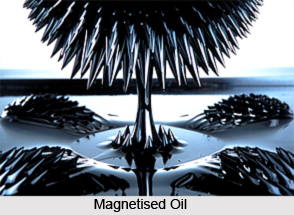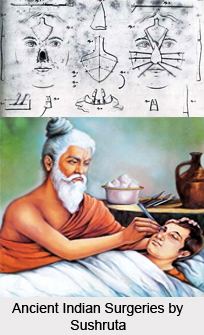 The practice of Ancient Indian Surgery which developed after the advent of Sushruta (600 BC) can be compared to a great extent with modern surgery. Surgery is one of the eight branches of Ayurveda the ancient Indian system of medicine.
The practice of Ancient Indian Surgery which developed after the advent of Sushruta (600 BC) can be compared to a great extent with modern surgery. Surgery is one of the eight branches of Ayurveda the ancient Indian system of medicine.
According to the laws of Manu Smriti, every conceivable part of the human body could be cut off as a punishment. So the severance of nose and ears were prevalent in ancient Indian judicial practice. Same practice is still followed in some Islamic countries, like Arabia, according to the prescription detailed in Hadith. As a corollary to the above mutilations, plastic and reconstructive surgery was evolved in ancient India for reconstruction of those severed parts of the body.
The ancient and aboriginal women of India were in the habit of piercing their ear-lobes for wearing heavy ear-rings and ear-hangings. The above practice can be traced back from the Mohenjodaro civilisation. Those heavy ornaments used to disfigure the ear-lobes and even cut through it in due course. Sushruta suggested 15 kinds of plastic operations for repairing those deformities.
Ancient Indian Surgeries in Sushruta Samhita
Sushruta was one of the first to study the human anatomy. In the "Sushruta Samhita" he has described in detail the study of anatomy with the aid of a dead body. Sushruta"s speciality was "Rhinoplasty" (Plastic surgery) and "Ophthalmology" (ejection of cataracts). He has described surgery under 7 heads:
1. "Chedya" (excision),
2. "Lekhya" (scarification),
3. "Vedhya" (puncturing),
4. "Esya" (exploration),
5. "Ahrya" (extraction),
6. "Vsraya" (evacuation)
7. "Sivya" (Suturing).
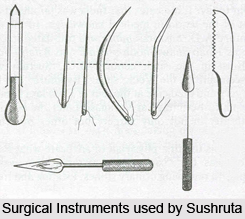 Ophthalmic Surgery: Sushruta specialised in ophthalmic surgery. A typically operation performed by Sushruta for removing cataracts.
Ophthalmic Surgery: Sushruta specialised in ophthalmic surgery. A typically operation performed by Sushruta for removing cataracts.
Anatomy: Sushruta was not only one of the earliest pioneers in surgery in the world but also one of the earliest ones to study the human anatomy. In his Samhita, he described in detail the study of anatomy with the use of a dead body.
Plastic Surgery: Perhaps the greatest contribution of Sushruta was the operation of Rhinoplasty. Cutting off of the nose and ears was one of the common modes of punishment in the early Indian kingdoms. Sushruta was equipped with surgical skills and did the operation of Rhinoplasty. The details of the steps of this operation are recorded in the Sushruta Samhita.
Related Articles
Primitive Medicinal Practices in India
Ancient Literature of Ayurveda
Ancient History of India
Vedic Civilisation in India
Sushruta
Sushruta Samhita
Traditional Indian Medicines
Indian Naturopathy
Ayurveda
Origin of Ayurveda
History of Ayurveda
Ayurveda Medication
Treatment in Ayurveda





